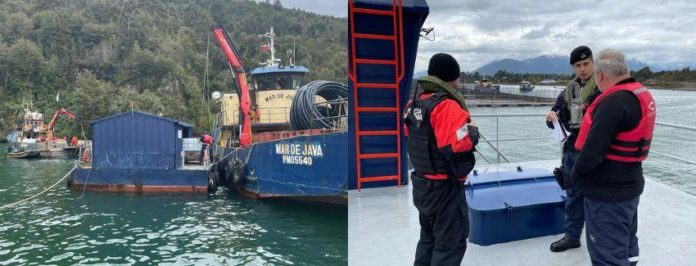Almost 500 metric tons of salmon and trout are known to have been killed in the event so far.
On Wednesday, Chile’s National Fisheries and Aquaculture Service (Sernapesca) of the Los Lagos region revealed that multiple salmon farm sites in the Reloncaví Estuary are grappling with mass mortalities as a result of algal blooms.
Read more: Chilean authorities report sudden massive mortality of salmon due to algal blooms
Of these sites, six are also managing contingency plans for mass mortality, although further analysis has shown that only two centers are genuinely affected by this condition.
SalmonBusiness can now reveal that the two sites experiencing substantial mortality belong to the companies Trusal (Salmones Austral-owned) and Caleta Bay.
The affected ACS 1 group has a total biomass of 30,000 tons, with mortality impacting approximately 486 tons of Coho and Trout species.
Sernapesca has authorized the harvest of salmonids in Center 100503, which has recorded the highest mortality at 360 tons.
Sernapesca notes that it is important to distinguish between the the current harmful algal bloom, attributed to the microalgae Thalassiosira pseudonana, and the notorious red tide.
Cristian Hudson, Regional Director of Sernapesca Los Lagos, stated, “We continue to monitor and supervise in coordination with the institutions that make up the Regional Committee on Environmental Contingencies (CIICA).”
Salmones Austral, which was formed in 2013 after the merger of Trusal and Pacific Star. Caleta Bay raises steelhead and coho salmon, primarily for the Japanese market, which accounts for 65 percent of the company’s sales.

